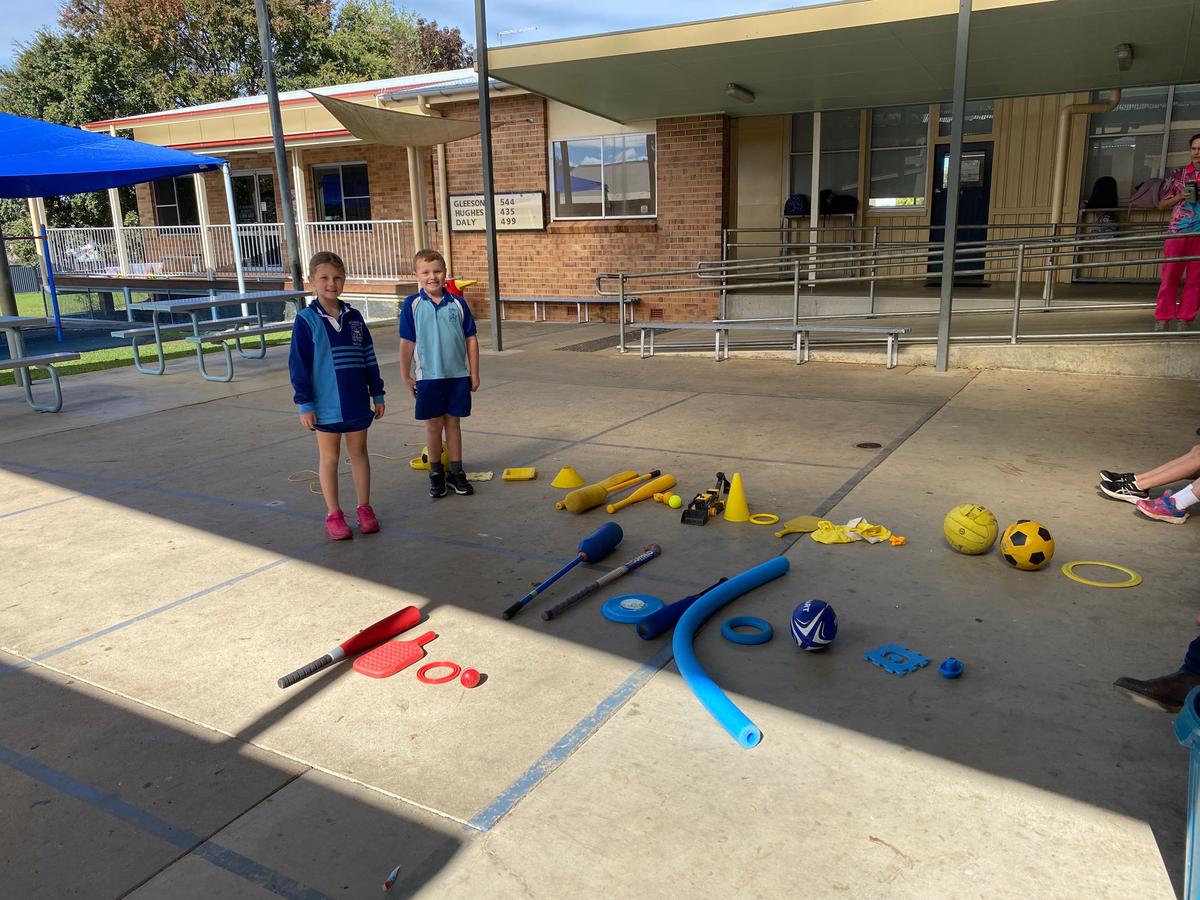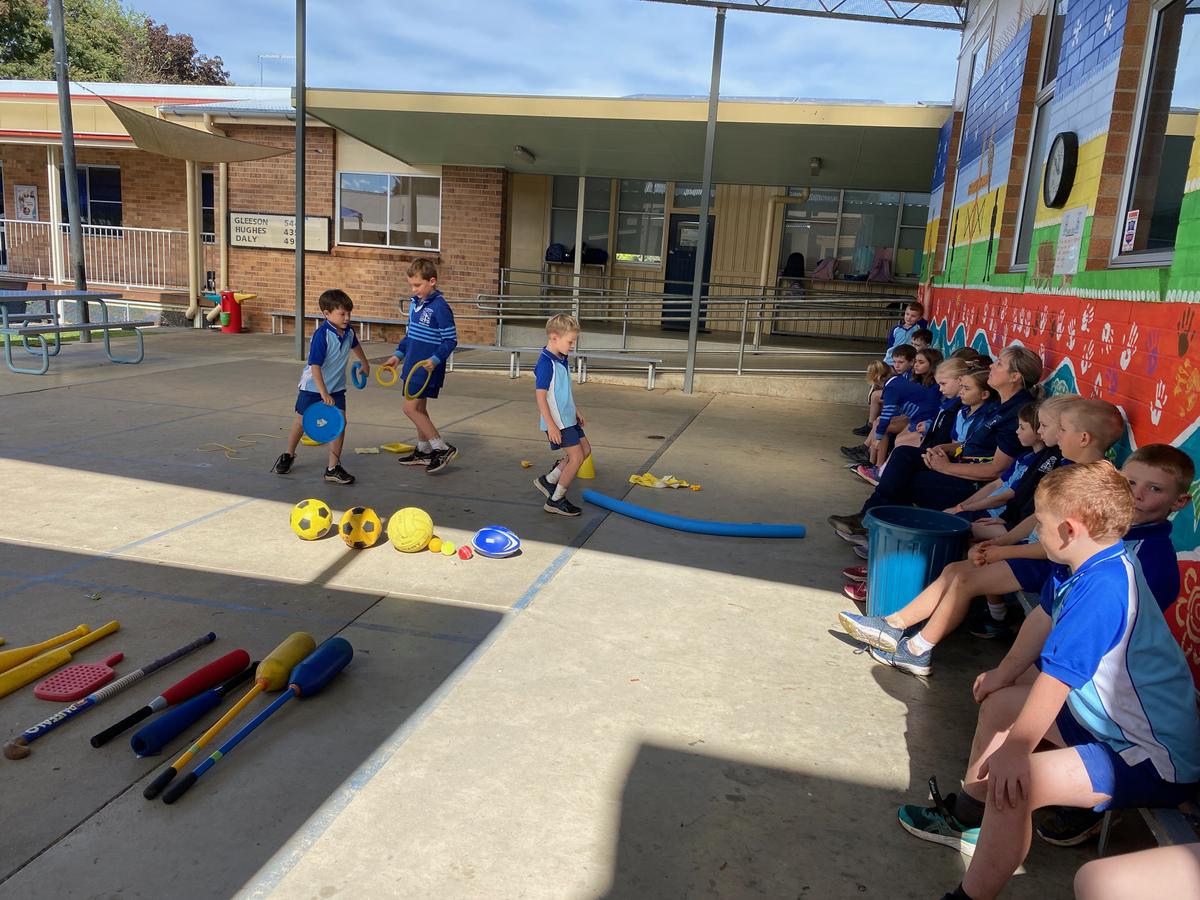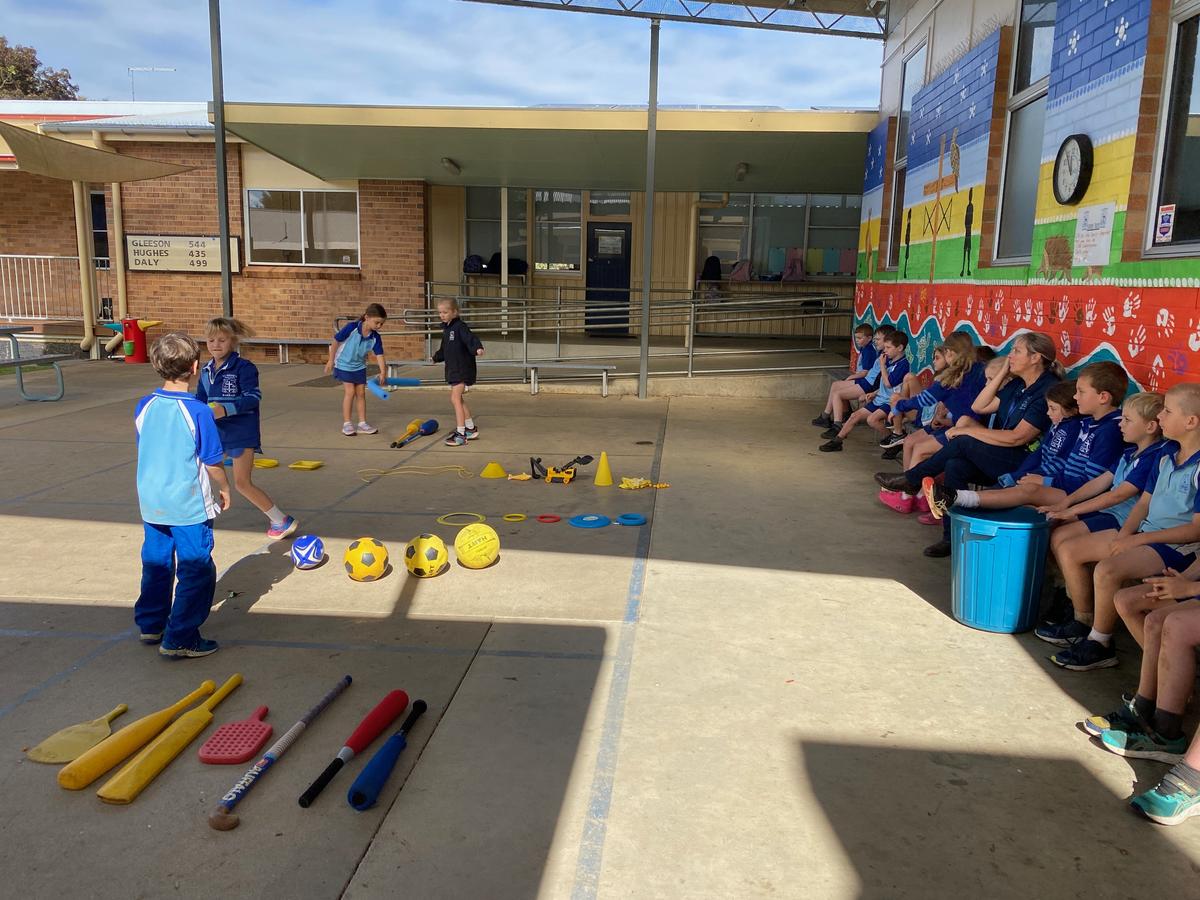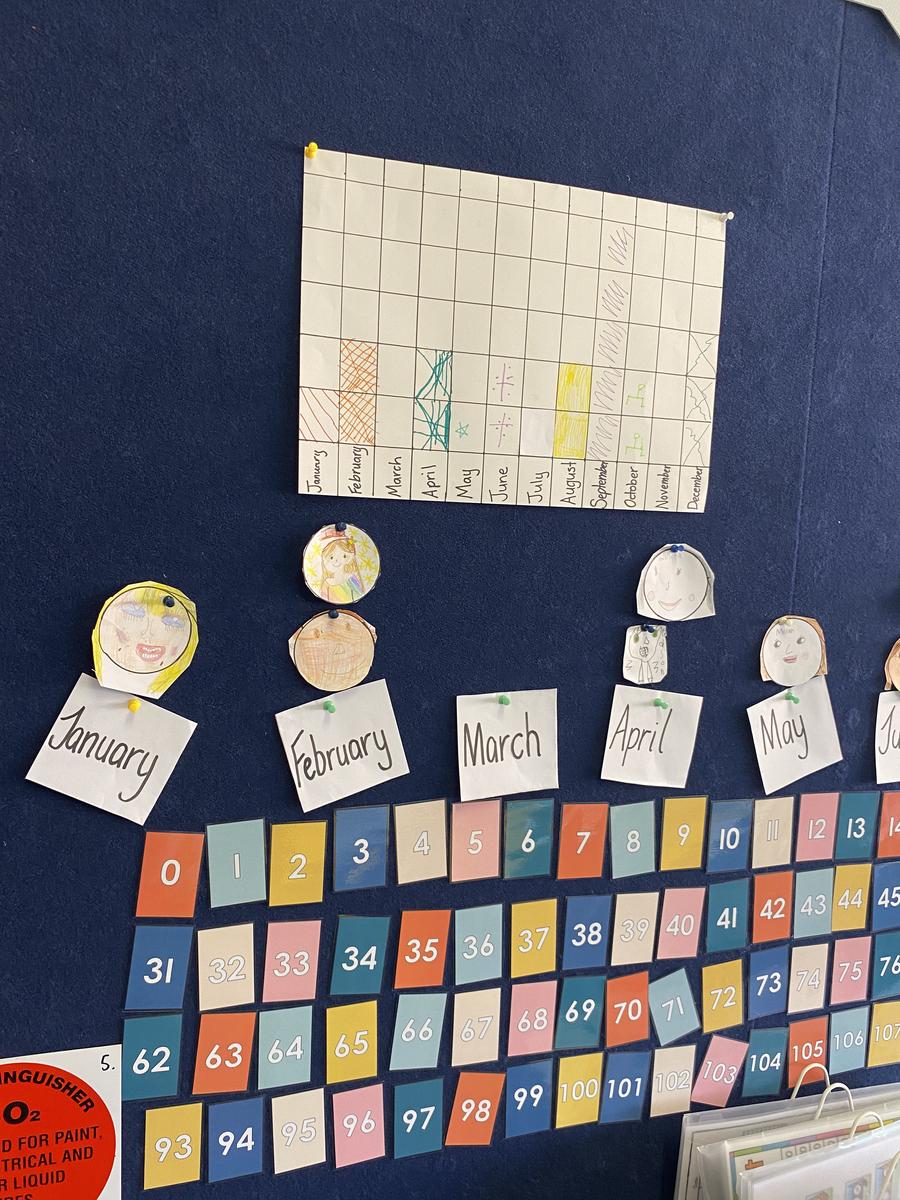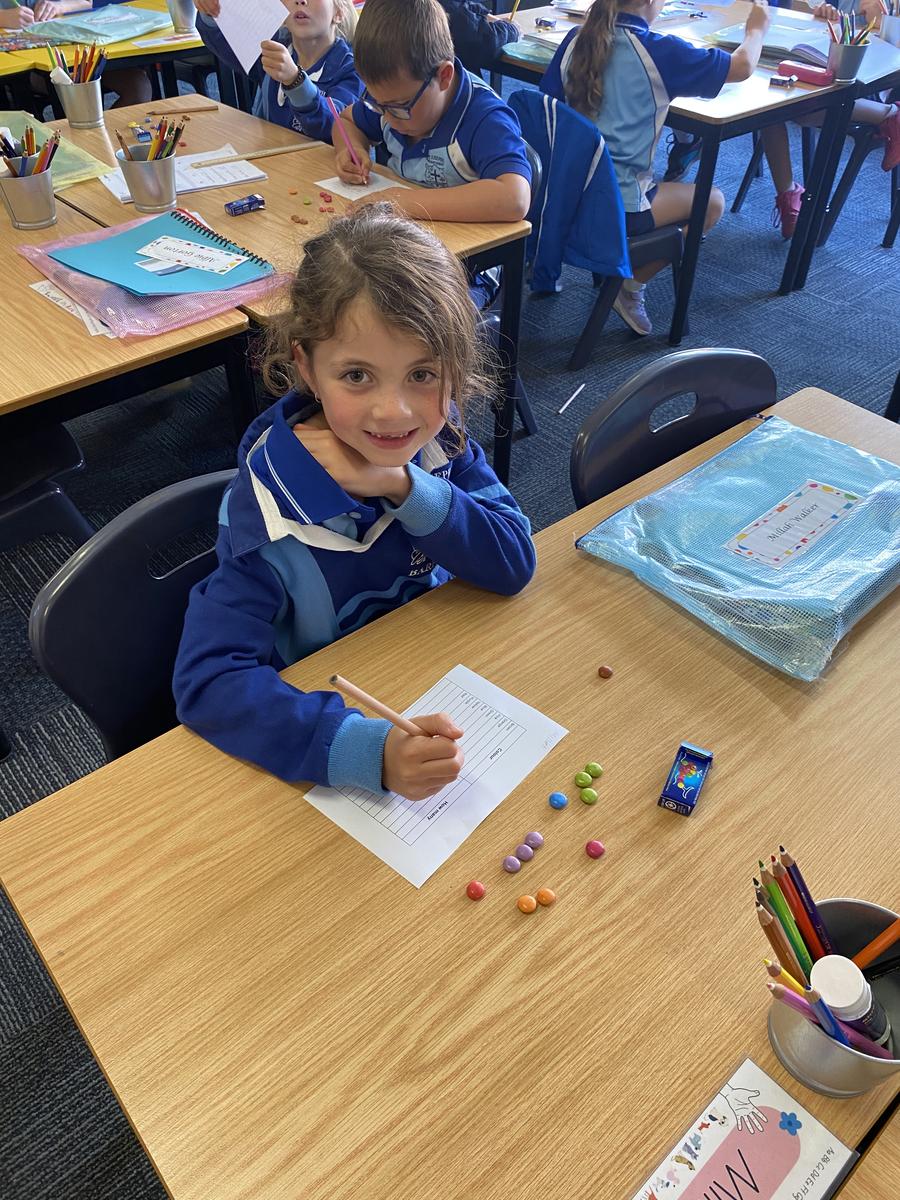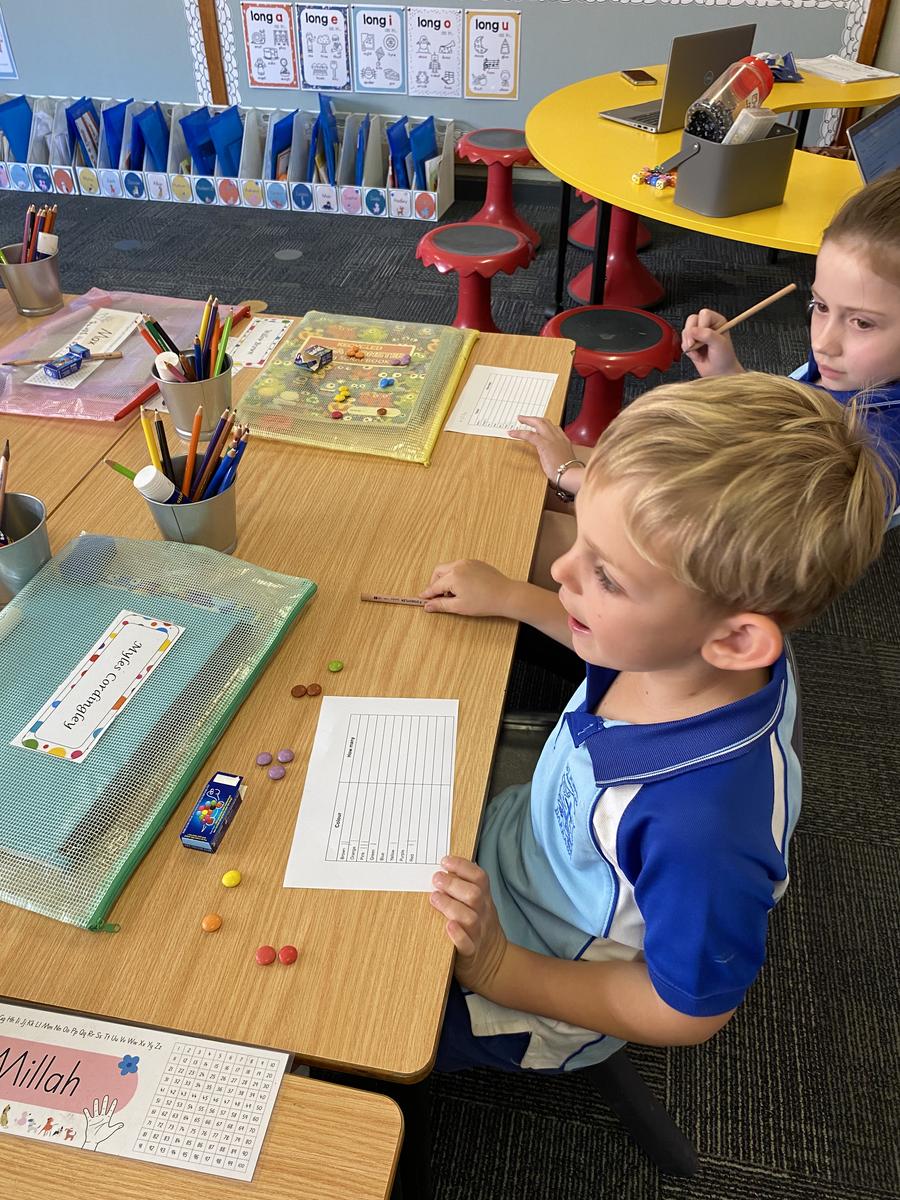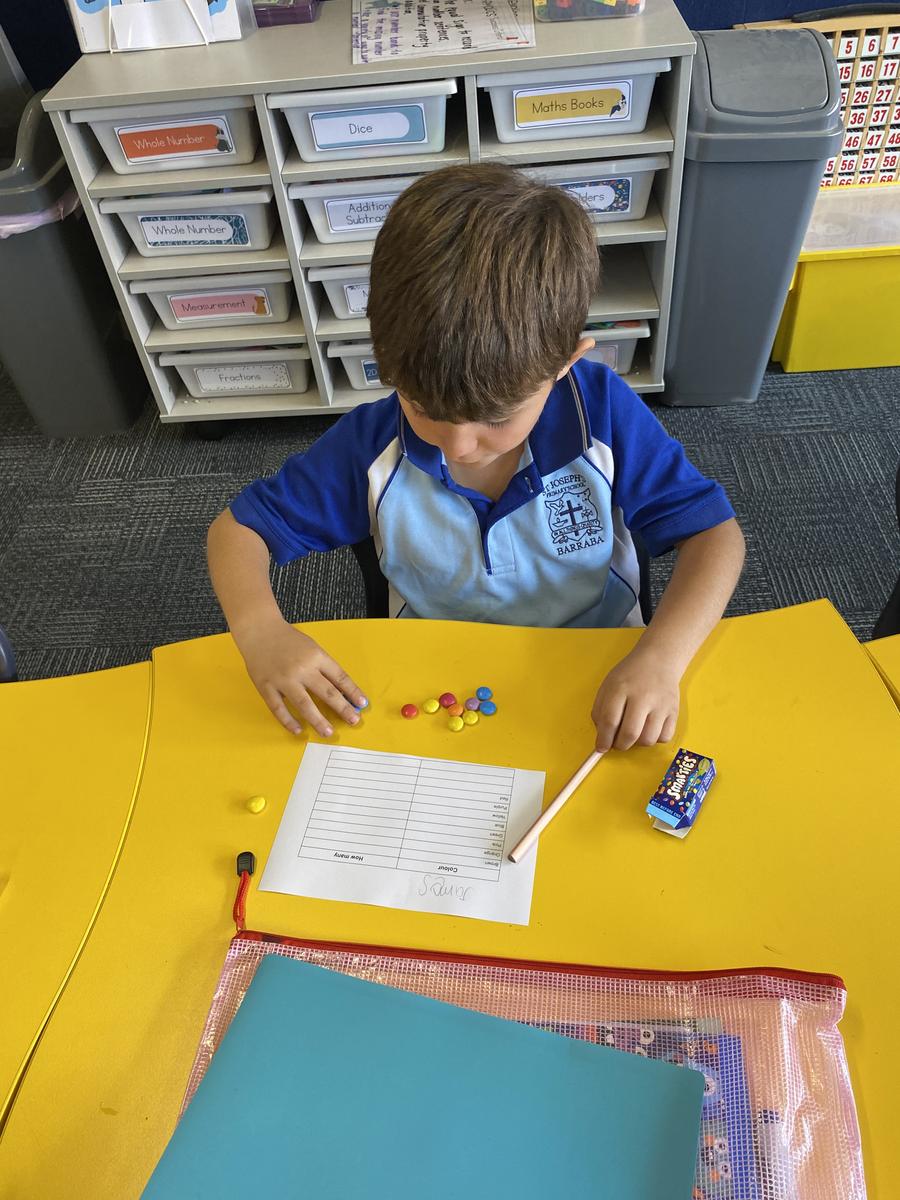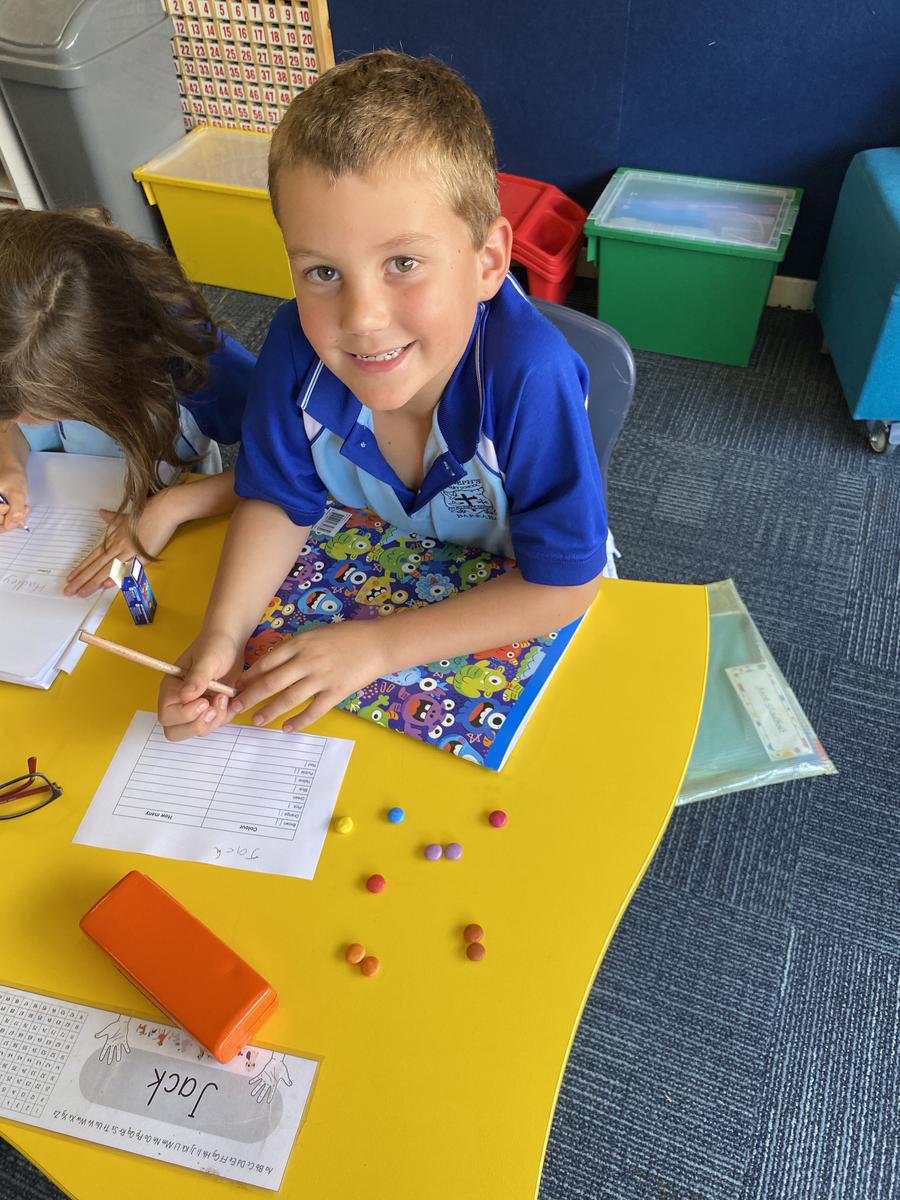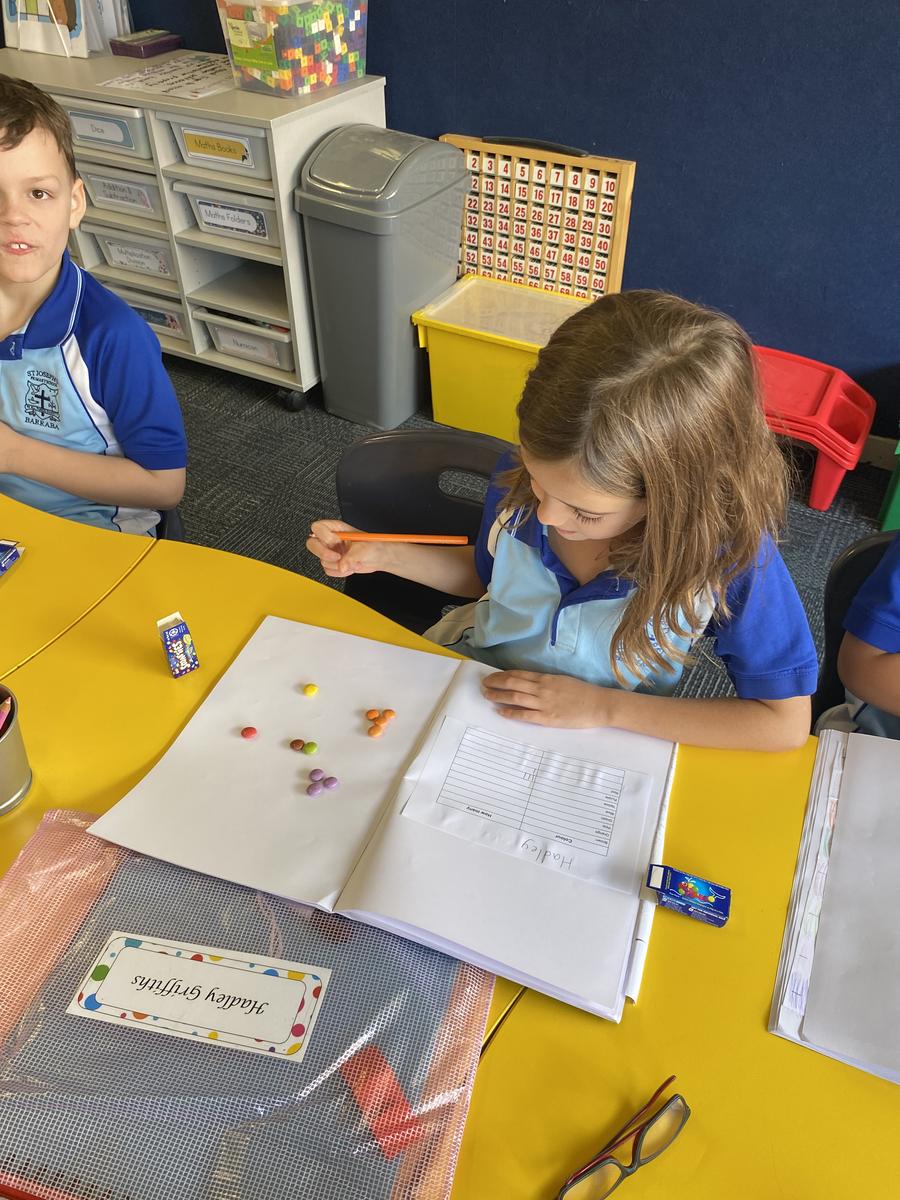Learning News 1/2
Mrs Amy Phillips

Learning News 1/2
Mrs Amy Phillips
Year 1/2 Visit to Richardson House
Last Friday, Year 1/2 students enjoyed their first visit to Richardson House. It was a fantastic opportunity to extend our school’s relationship with the residents and introduce another class to this special connection. The visit also tied in beautifully with our history unit on Technology Over Time.
During the visit, students interviewed the residents about their experiences growing up without modern technology. The residents spoke about using the phone exchange to make calls to friends and described “party lines,” where several people could join the same call—like an early version of a group chat! Brad even shared that he didn’t have a landline phone at all, so he would ride his horse to deliver messages to neighbours or speak with them in person.
Residents also spoke about the games they played as children, including marbles and jump rope.
The students were fascinated to hear how much life has changed and thoroughly enjoyed learning from the stories and wisdom of the Richardson House residents.
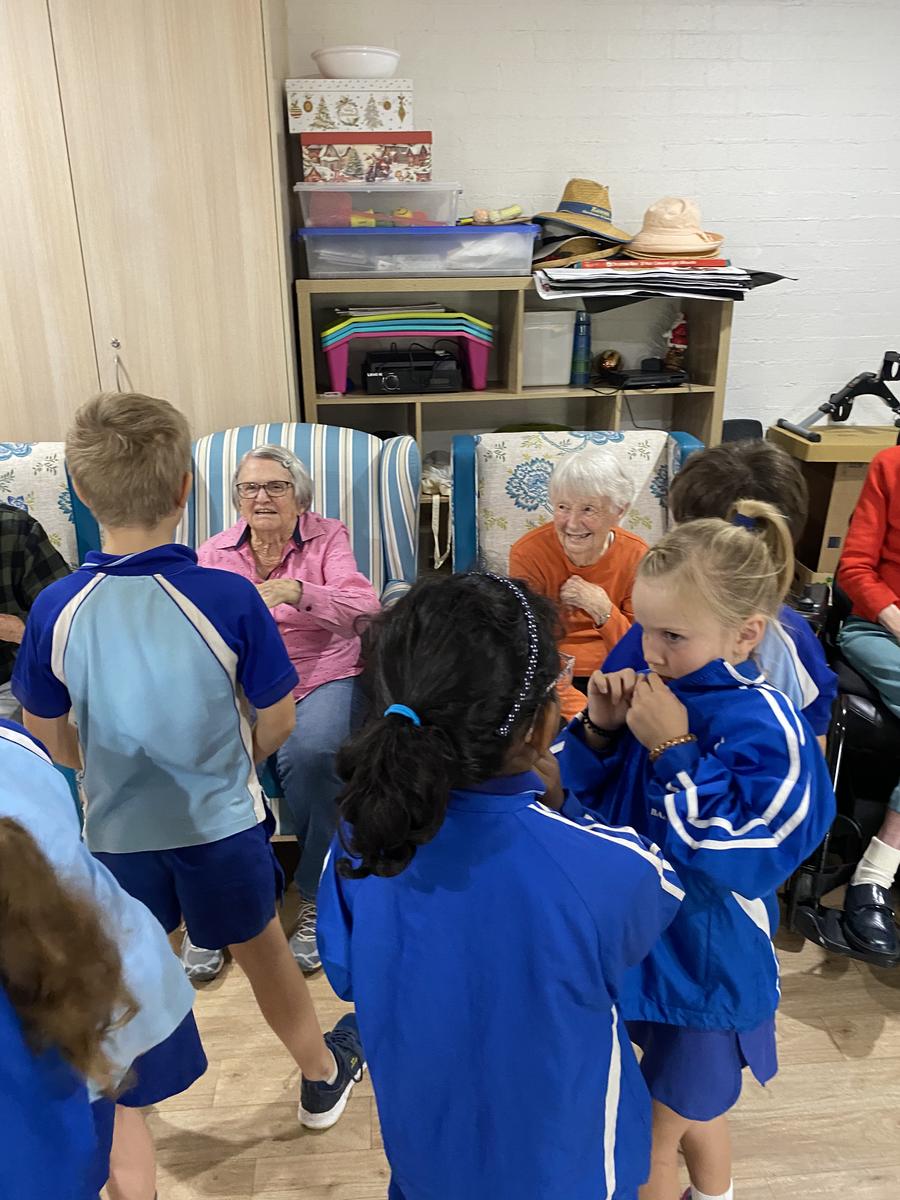
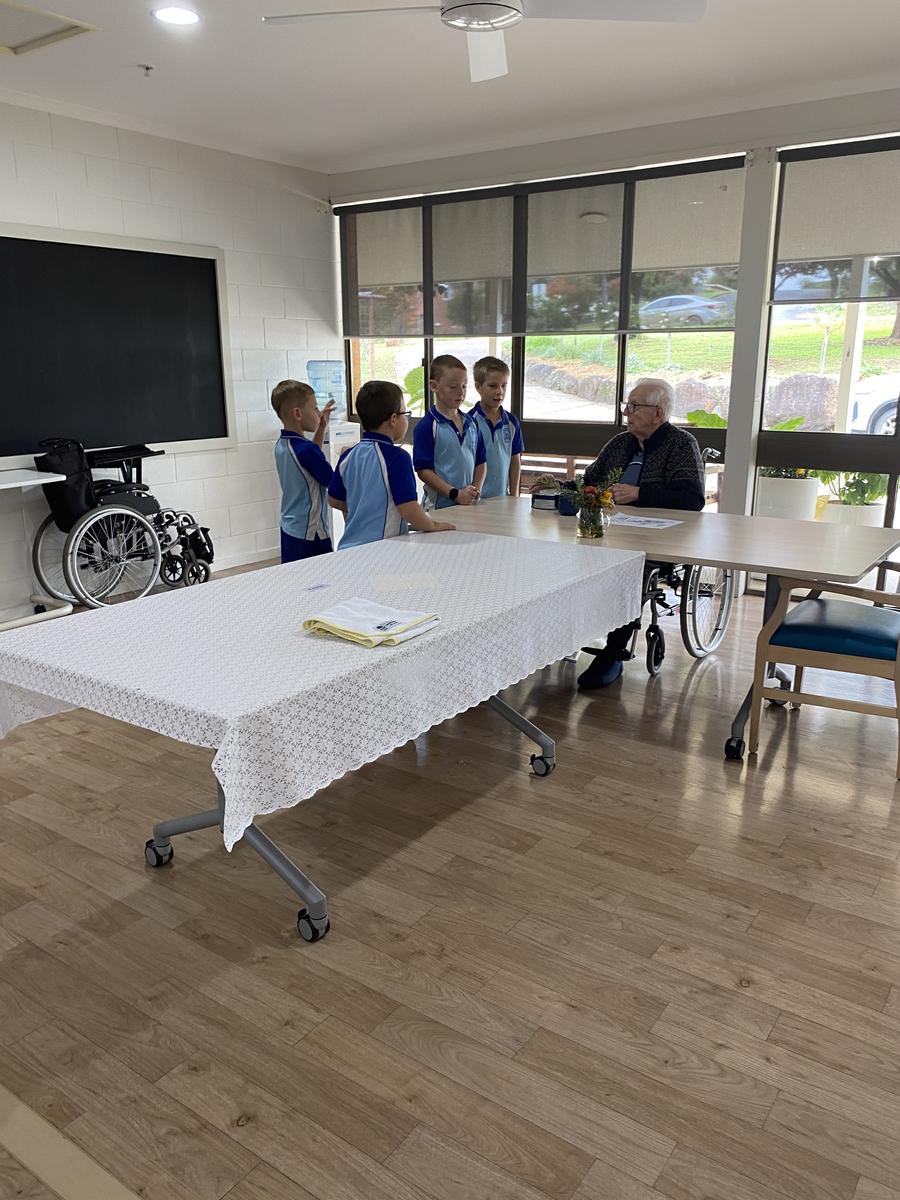
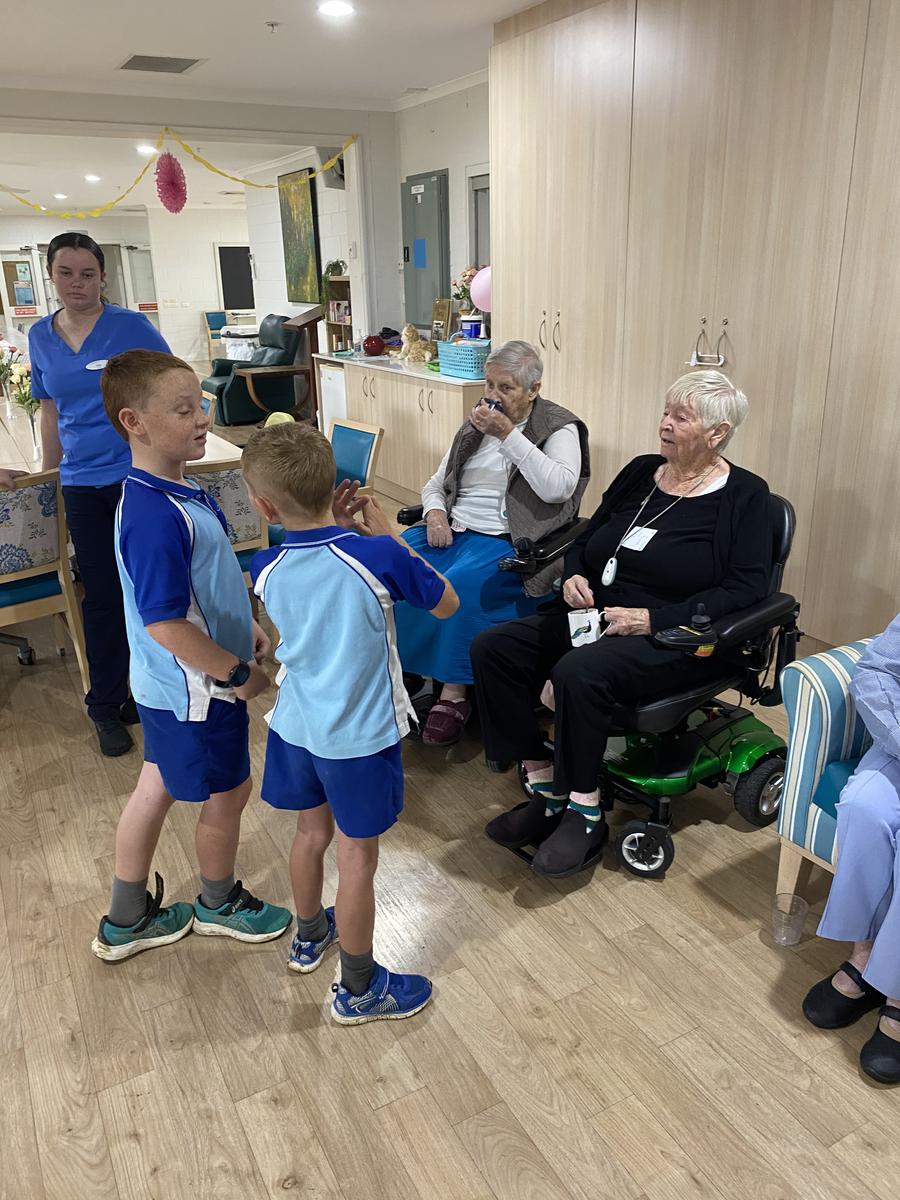



Science
In science, we've been learning about sound. We've explored how different actions make sounds, how to make sounds ourselves, and recognised that sound energy causes objects to vibrate. An exciting and LOUD lesson we had this week was conducting an experiment to see how sound waves can make rice ‘dance’. To conduct the experiment, place cling wrap over the glass bowl, as tightly as possible. Place one teaspoon of rice on top of the plastic. Hold the metal pan close to the bowl and hit it with the spoon. Experiment with changing the intensity or speed of the strikes until you see the rice ‘dance’.
We learned that sound is a type of energy that makes things shake or wiggle (vibrate).
When they hit the metal pan, it made a sound. That sound wasn't just something they heard; it actually created invisible "waves" in the air. These sound waves travelled through the air and hit the plastic wrap on the bowl.
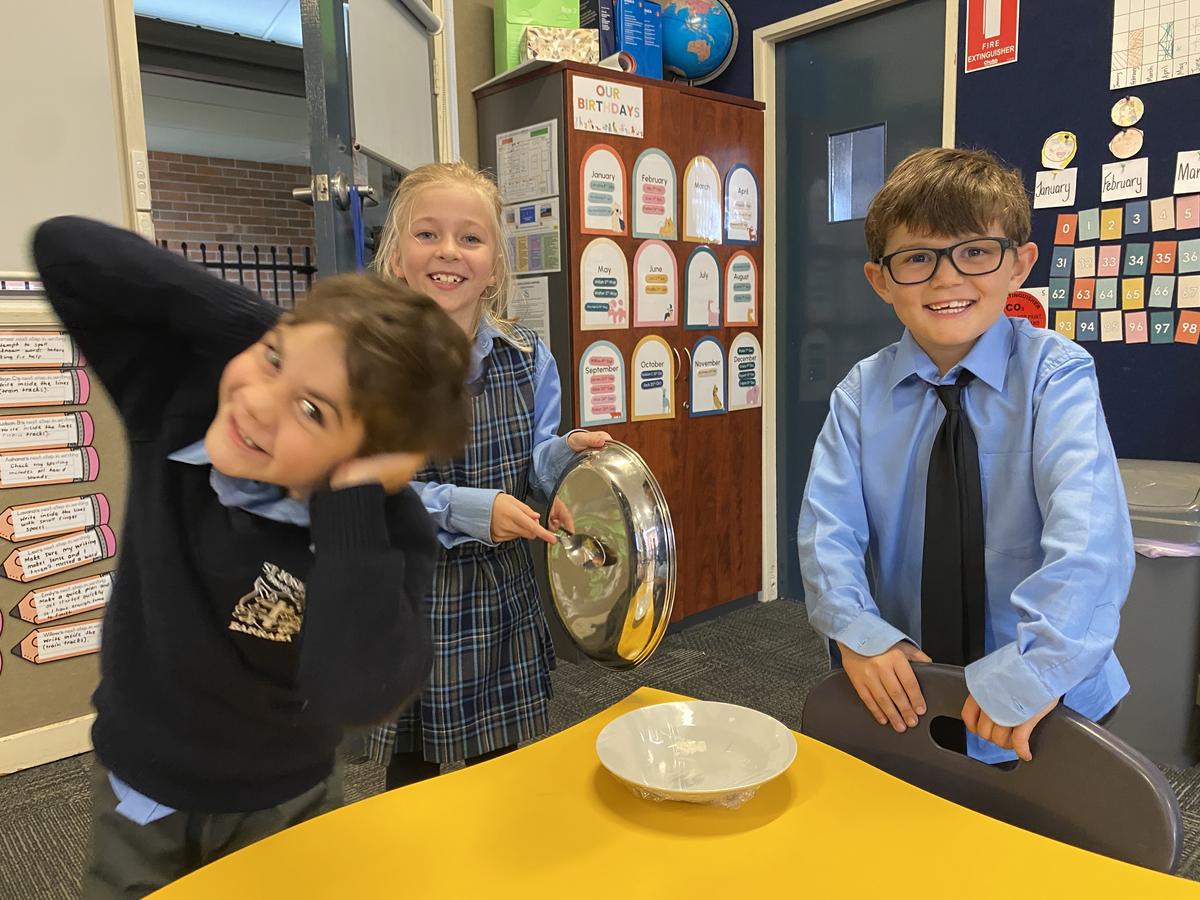
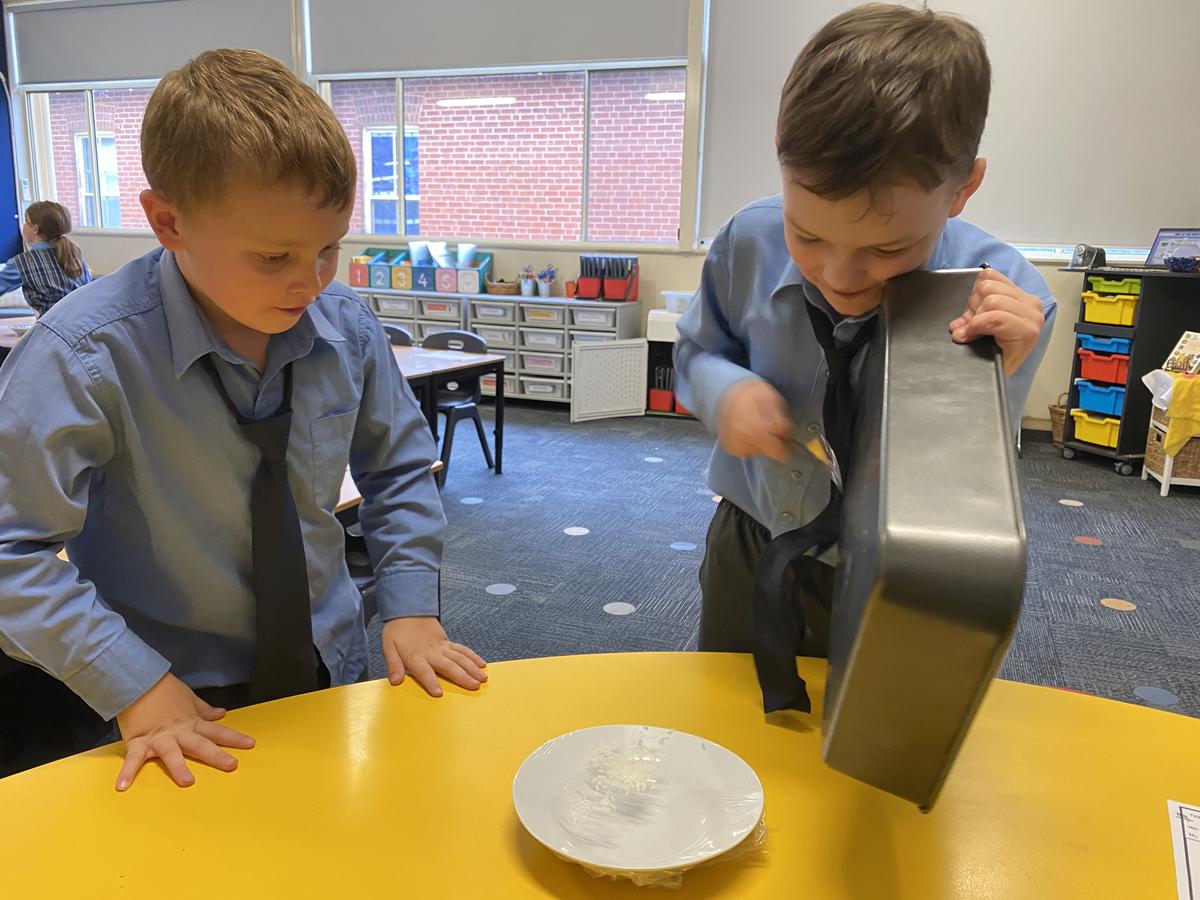
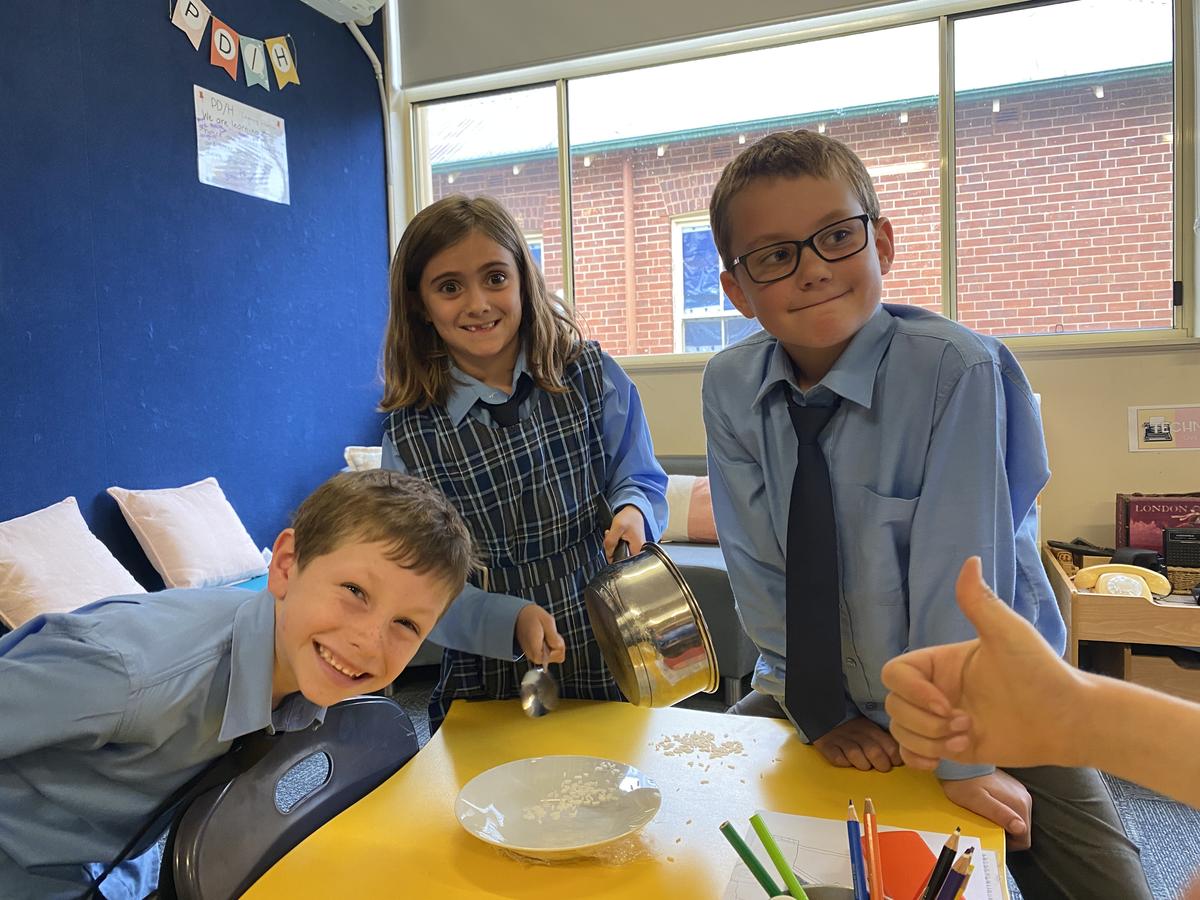





Mathematics
This week in Mathematics, we began learning how to gather and organise data. Students explored different ways to display data using lists, tables, and picture graphs. They have been enjoying collecting information from their classmates and representing it visually to make comparisons and identify patterns.
How You Can Support at Home:
